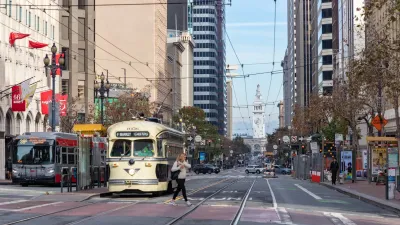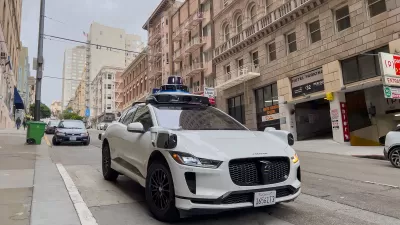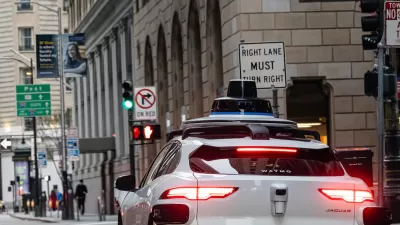While some driverless car companies have expanded operations in the past month, some industry observers caution that the business of autonomous vehicles remains stuck in neutral.
On April 7, the California Department of Motor Vehicles (CA DMV) issued a permit to Nuro "authorizing the company to test two driverless vehicles on surface streets within specific, designated parts of Santa Clara and San Mateo counties [in Northern California]," according to a CA DMV press release. Chris Teale reports the news of Nuro's new driverless presence on the streets of the Bay Area.
Nuro expanded driverless operations in Texas at the end of the year, testing driverless delivery services for Walmart. But when surveying the larger landscape of the industry, the company's latest advancements don't necessarily indicate that the coronavirus pandemic is accelerating the adoption of autonomous vehicles technology. The developments for the autonomous vehicle industry during the pandemic has been a mixed bag of good news and bad.
On one hand, Nuro isn't alone in getting a chance to expand its testing of autonomous vehicles operations in the last month of public health and economic crisis. The NAVYA project's autonomous vehicles were already testing in Florida, but the coronavirus has offered a chance for that company to expand operations to deliver medical supplies at the Mayo Clinic in Jacksonville, according to an article by Sebastian Blanco. Also, numerous writers have taken the temperature of the industry and read the crisis as an opportunity for autonomous vehicle technology. Here's a sample:
- Self-driving cars proving helpful during coronavirus lockdowns (Motor Authority, April 8, 2020)
- It took a coronavirus outbreak for self-driving cars to become more appealing (Mashable, April 1, 2020)
- Despite setbacks, coronavirus could hasten the adoption of autonomous vehicles and delivery robots (VentureBeat, March 20, 2020)
On the other hand, Waymo suspended its operation of autonomous vehicles at the outset of the crisis in March. An article by Joann Muller offers an opposing position to those expressed in the articles listed above, writing that the coronavirus has further revealed the lack of a viable business model for driverless technology.
FULL STORY: Coronavirus puts ambitious plans for self-driving cars on the shelf

Planetizen Federal Action Tracker
A weekly monitor of how Trump’s orders and actions are impacting planners and planning in America.

Congressman Proposes Bill to Rename DC Metro “Trump Train”
The Make Autorail Great Again Act would withhold federal funding to the system until the Washington Metropolitan Area Transit Authority (WMATA), rebrands as the Washington Metropolitan Authority for Greater Access (WMAGA).

The Simple Legislative Tool Transforming Vacant Downtowns
In California, Michigan and Georgia, an easy win is bringing dollars — and delight — back to city centers.

The States Losing Rural Delivery Rooms at an Alarming Pace
In some states, as few as 9% of rural hospitals still deliver babies. As a result, rising pre-term births, no adequate pre-term care and "harrowing" close calls are a growing reality.

The Small South Asian Republic Going all in on EVs
Thanks to one simple policy change less than five years ago, 65% of new cars in this Himalayan country are now electric.

DC Backpedals on Bike Lane Protection, Swaps Barriers for Paint
Citing aesthetic concerns, the city is removing the concrete barriers and flexposts that once separated Arizona Avenue cyclists from motor vehicles.
Urban Design for Planners 1: Software Tools
This six-course series explores essential urban design concepts using open source software and equips planners with the tools they need to participate fully in the urban design process.
Planning for Universal Design
Learn the tools for implementing Universal Design in planning regulations.
Smith Gee Studio
City of Charlotte
City of Camden Redevelopment Agency
City of Astoria
Transportation Research & Education Center (TREC) at Portland State University
US High Speed Rail Association
City of Camden Redevelopment Agency
Municipality of Princeton (NJ)





























